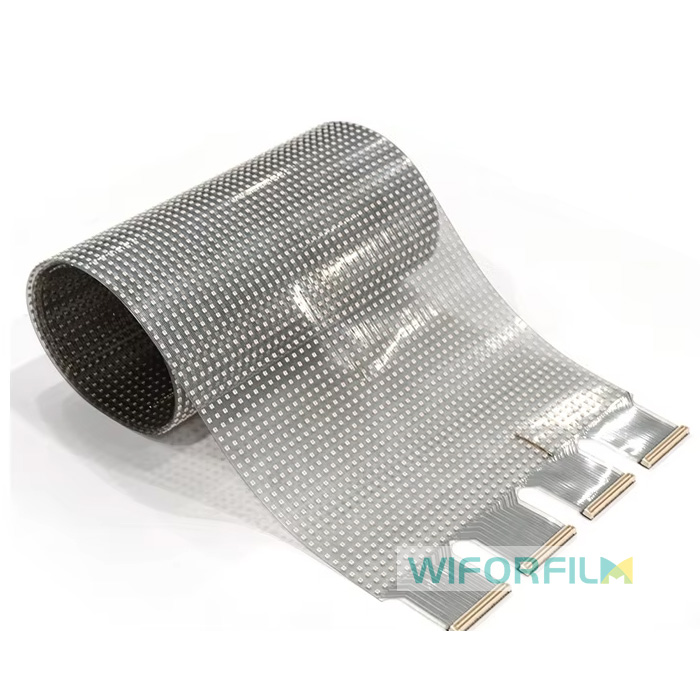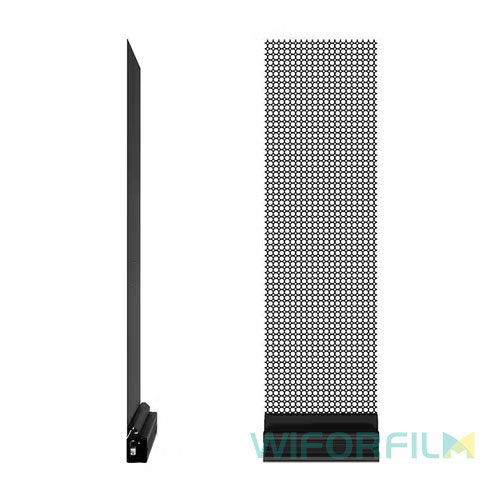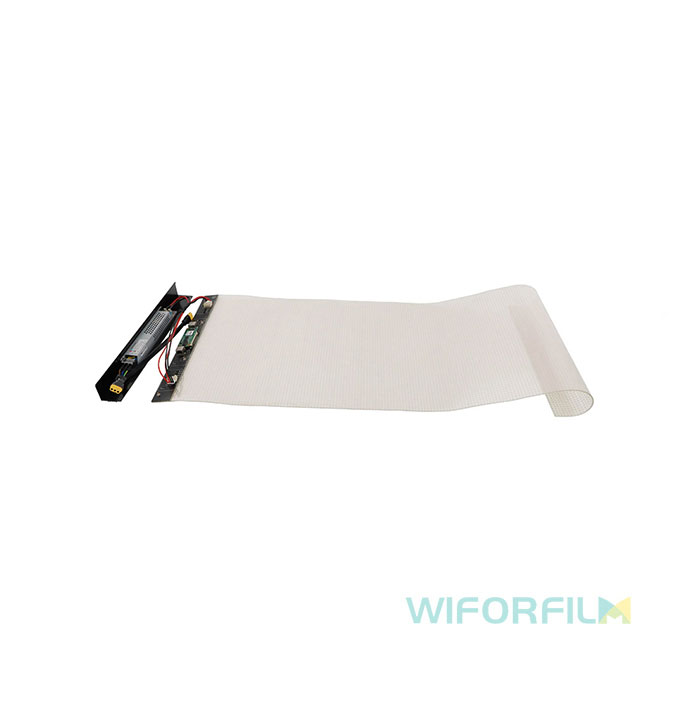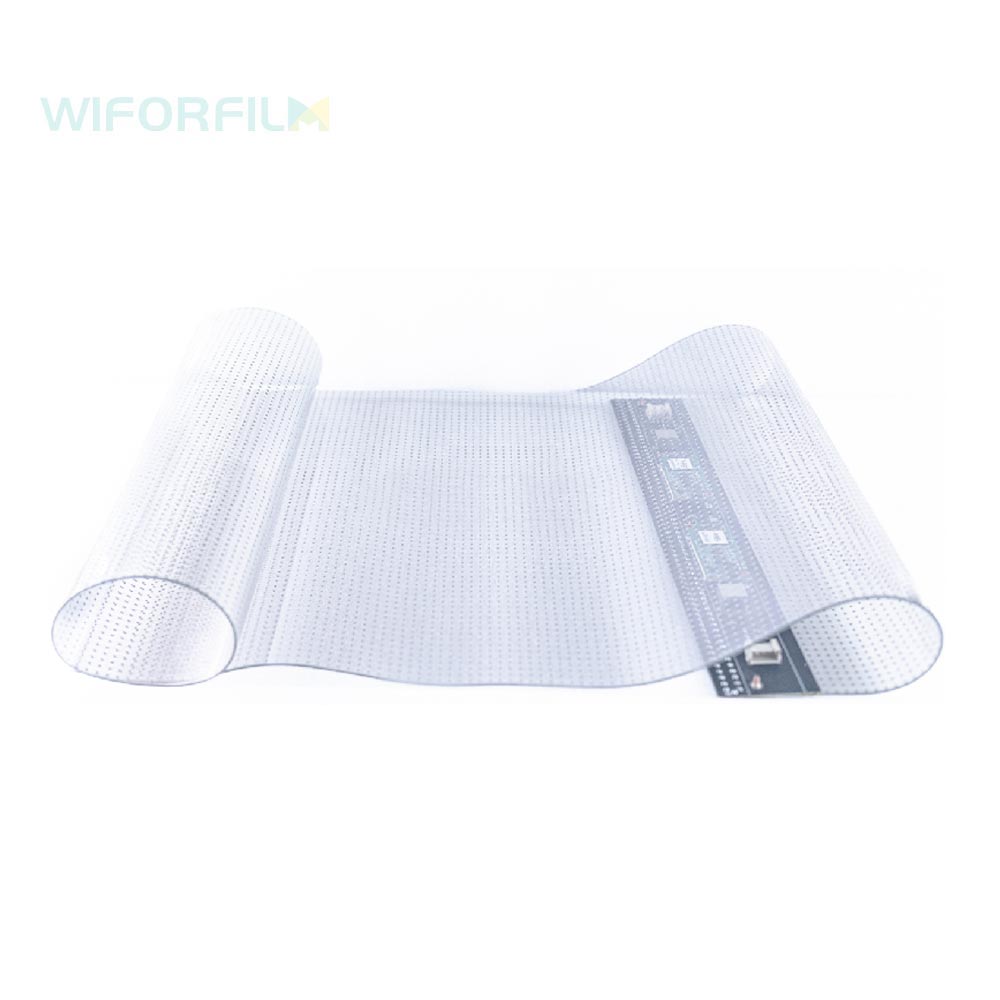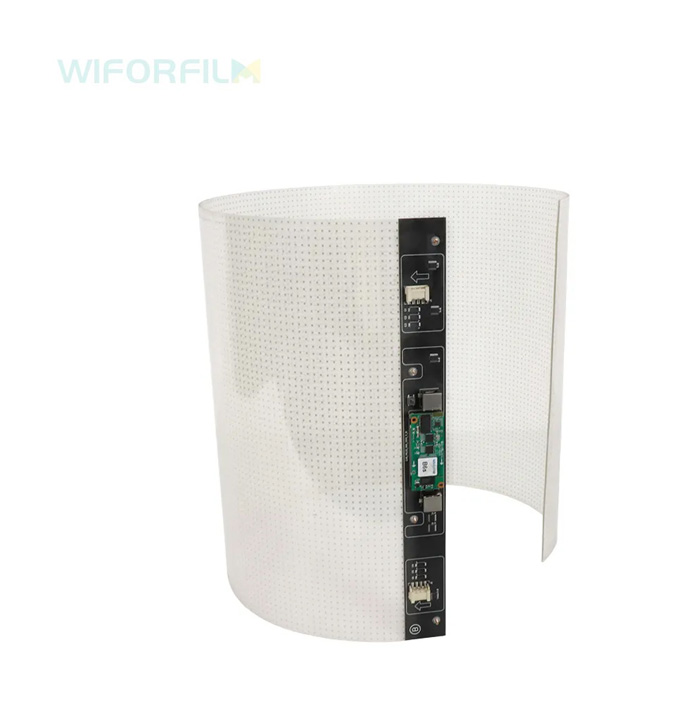- What is a Flexible LED Screen
- Key Features of Flexible LED Screen
- How Flexible LED Screens Work
- Key Components of Flexible LED Screen
- Structure of a Flexible LED Display
- Types of Flexible LED Screen
- Advantages of Flexible LED Screen
- Functionality of Flexible LED Screen
- Comparison: Flexible vs. Rigid LED Screen
- Applications of Flexible LED Screen
- Prices of Flexible LED Screen
- Advancements in Flexible LED Display Technology
- Environmental Impact and Sustainability of Flexible LED Displays
- Installation Techniques for Flexible LED Screen
- Factors to Consider When Choosing Flexible LED Screen
- Maintenance and Longevity of Flexible LED Display
- Future Trends in Flexible LED Display
Introduction to Flexible LED Screen
Flexible LED screen, also referred to as soft module LED displays, are advanced screens featuring light-emitting diodes (LEDs) mounted on a bendable substrate. This unique design allows them to be curved or shaped to suit various surfaces and creative design requirements. Unlike traditional rigid LED panels, flexible LED displays can be twisted, bent, or folded without affecting their functionality or image quality. They are made of special flexible materials, enabling them ideal for deformed and customized into creative installations, which conventional flat screens would be impractical.Key Features of Flexible LED Screen
How Flexible LED Screen Work
display operate through a synergy of advanced materials and technologies:
- LED Modules: Built with surface-mounted diodes (SMDs), which are small, efficient, and emit uniform light.
- Flexible Circuitry: Flexible PCBs act as the backbone, connecting LEDs and ensuring consistent electrical pathways.
- Control Systems: Driven by software that synchronizes the visuals, enabling complex animations or real-time content updates.
Key Components of Flexible LED Screen
Structure of a Flexible LED Display
Types of Flexible LED Screen
Advantages of Flexible LED Screen
Functionality of Flexible LED Screen
Comparison: Flexible vs. Rigid LED Screen
| Item | Adhesive flexible Transparent LED film screen | Structure Transparent LED screen | Conventional LED Screen |
| Weight | ≤3.5 kg/m² | ≤10 kg/m² | ≤35 kg/m² |
| Screen Thickness | ≤3 mm | ≤10 mm | around 100mm incl power box |
| Powerbox Thickness | 60 mm | 80mm | around 100mm incl power box |
| Transparency Rate | 85% ~ 95% | 60% ~ 90% | 0 |
| Installation Way | Adhesive to glass or transparent acrylic panel (No need frame) | Fixed / Hanging | Fixed |
| External Structure | Not needed | Simple frame | Heavy frame |
| Flexible | Bendable | Customized for a certain angle | Customized for a certain angle |
| PCB | Invisible (Thin film circuit) | Traditional PCB | Traditional PCB |
| Drive Mode | Static drive | Dynamic scanning | Dynamic scanning/Static |
| Heat Dissipation | Natural cooling | Natural cooling | Fan |
| Impact on the original structure | No impact | Medium impact | Big impact |
| Maintenance way | Tear off film from glass | Take off panel | Take off module |
| Pixel pitch | P5,P6, P8, P10, P15, P20 |
|
|
| Resistance to fall, crack, collision and dusk | Yes | No (Yes if with GOB) | No (Yes if with GOB) |
| Waterproof | IP65 for film surface | IP30 / IP65 for some models | IP30 / IP65 |
Applications of Flexible LED Screen
The high resolution flexible led screen can be applied to various surfaces, such as windows, glass walls, and retail displays, providing a seamless integration with the environment. The Flexible LED Screen offer vibrant visuals while maintaining transparency, allowing natural light to pass through. the screen common applications include storefronts, shopping malls, airports, museums, and exhibitions, where they are used for advertising, information display, and interactive experiences. The adhesive design makes installation easy and convenient, without the need for structural changes.Prices of Flexible LED Screen
The price of flexible LED screen varies depending on factors like pixel pitch, resolution, size, and application. cost $550–$2600 per square meter, may incur higher costs based on customization and installation requirements.Advancements in Flexible LED Display Technology
Environmental Impact and Sustainability of Flexible LED Displays
Installation Techniques for Flexible LED Screen
1. Preparation
- Surface Cleaning: Ensure the surface where the flexible LED film screen will be applied is clean, smooth, and free from dust, grease, or any contaminants. A clean surface ensures proper adhesion.
- Measure the Area: Use a measuring tape to confirm the area where the flexible LED film screen will be placed. Mark the boundaries clearly.
- Check Compatibility: Verify that the flexible LED film screen is compatible with the type of surface (e.g., glass, acrylic, etc.) and that it fits the required dimensions.
2. Unroll the flexible LED film screen
- Carefully Unroll: Gently unroll the transparent flexible LED film screen, avoiding any wrinkles or bends. Lay it flat on a clean, soft surface to avoid damage.
- Test the Screen: Before attaching, check the functionality of the flexible LED film screen by connecting it to the power source and testing the display quality.
3. Align and Position the Film
- Positioning: Align the film precisely with the marked area. Be careful to center the film, ensuring that the display will be even and not distorted once installed.
- Peel Backing Film: Start by peeling a small portion of the backing paper from the adhesive side of the flexible LED film screen. This will allow you to position it without fully exposing the adhesive.
4. Apply the flexible LED film screen
- Apply from One Edge: Begin applying the flexible LED film screen from one edge, pressing it onto the surface gently. Gradually peel off the backing as you move across, ensuring that there are no air bubbles or wrinkles.
- Use a Squeegee: As you go along, use a squeegee or a soft cloth to press the film onto the surface and smooth out any bubbles.
5. Connect to Power and Control Systems
- Wiring: Connect the power cables and control unit to the flexible LED film screen. Ensure all connections are secure and insulated.
- Power On: Turn on the system to check the functionality of the transparent LED screen. Adjust settings for optimal display and brightness as needed.
6. Final Adjustments
- Remove Air Bubbles: If any air bubbles remain, carefully push them toward the edges using a soft tool.
- Trim Excess Film: If needed, trim any excess film around the edges for a neat appearance.
7. Testing and Calibration
- Display Test: Ensure the flexible LED film screen works perfectly with its intended content (images, videos, etc.).
- Adjust Settings: Fine-tune the display settings for optimal viewing, such as brightness, contrast, and color calibration.




